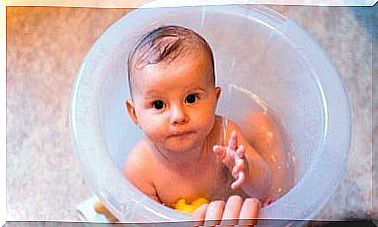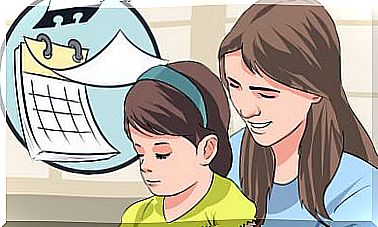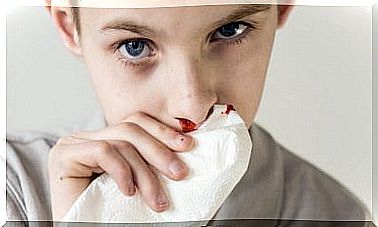Children’s Artistic Hobbies And Their Benefits
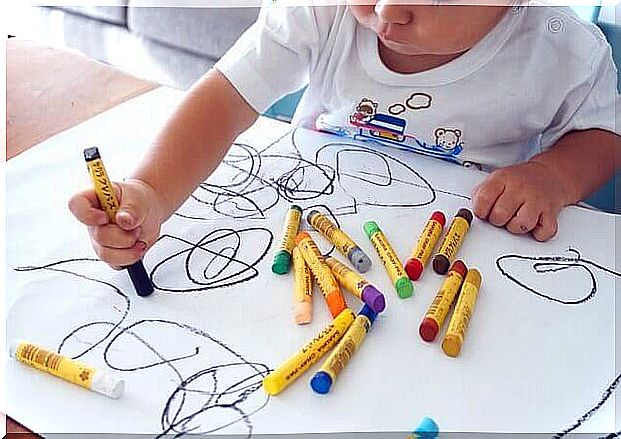
Practicing art not only develops a child’s fine motor skills, but also enhances their own self-understanding and expression. Art is a powerful tool for learning, which is why a child’s art hobbies are important both at home and outside the home.
Creation is a form of expression, and the creation of art is an activity that helps a person express an idea, experience, feeling, or imagination. Thus, it gives us the freedom to experiment and interact with the world.
It is important for a child to have the opportunity to let the imagination fly through one or more artistic pursuits. Such activities may include, for example, painting, drawing, sculpture, music, theater, or dancing.
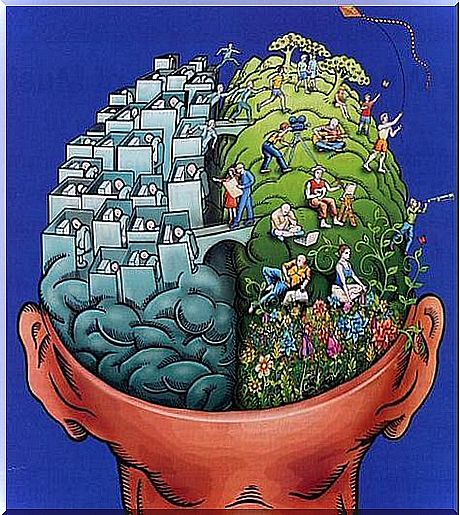
Art and the human brain
At the physiological level, the human brain consists of two halves, the right and the left:
- The left half is used in logical and rational thinking as well as other analytical processes. It is related to mathematics, reading and science.
- The right half, in turn, is used in emotional experiences, intuition, and creativity. It is mainly used when a person does something creative, such as doing art.
By stimulating and practicing the right half of the brain, the connection between these two different halves is strengthened. Therefore, it is very useful to promote a child’s artistic pursuits even when he is very young. In this way, the child’s cognitive abilities can be developed and he or she is able to grow to his or her full potential – not only in school but also in life in general.
Technology is not the most important thing
In order to promote artistic pursuits at home, it is not necessary to have full knowledge of techniques, but for the child to feel comfortable creating freely. The key is not to force the child to do difficult things, but to give them the opportunity to do many things.
As for the tools, they should be easy to use. The child should be taught the necessary skills to use these tools independently. This does not mean that one has to make masterpieces, but that one helps to enjoy the process of creation. In this way, the development of the child’s lateral or creative thinking can be promoted.
A child’s art hobbies at home
Children can learn a lot from activities that are presented as games, as this allows them to explore the world around them, ask questions, and see how things work.
Art enables a child to be himself, to make decisions, to think about his own ideas and to experiment with his imagination.
- Art helps children express themselves.
- It provides a healthy way to get your child’s attention focused on something.
- It promotes the development of cognitive abilities.
- It promotes the development of fine and coarse motor skills (depending on the art form chosen).
- When a child’s creativity is valued, this makes him or her feel valued and accepted, which improves his or her self-esteem.
How does art affect a child?
1. Physical development
Art hobbies promote a child’s muscle development, as well as eye-hand coordination – this is especially true in art forms that utilize a wealth of fine motor skills.
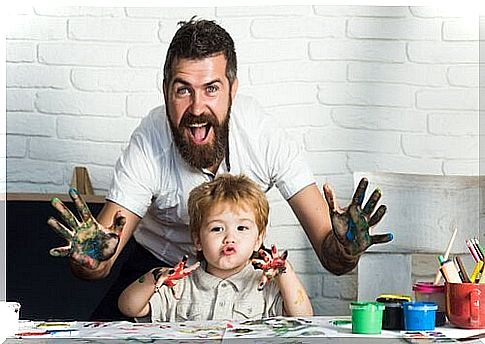
2. Social development
When children work together to make art, they learn to share, interact with others, and take responsibility for cleaning and putting tools in place. These are positive and important things for a child’s social learning.
3. Cognitive development
Young children can learn a great deal through experimentation. For example, they find out what happens when two primary colors are mixed together – the result is a completely different color.
4. Development of emotional life
Through art, the child expresses his ideas in a way other than by speaking. For example, he can draw pictures in which the proportions are unreal, thus highlighting the things he experiences as important.
A few points
In general, creative learning and the time required to complete art projects do not always receive sufficient recognition in schools.
The time allotted for art hobbies is usually quite limited, as art is seen more as a matter that attracts a child’s attention to more important things than as a learning tool. Therefore, parents should try to promote their child’s artistic pursuits at home.
Giving value to art does not mean that the child’s school success should be given less emphasis or that the child should practice art all the time. Instead, the intention should be to utilize art as an effective tool to promote the good development of the child.




